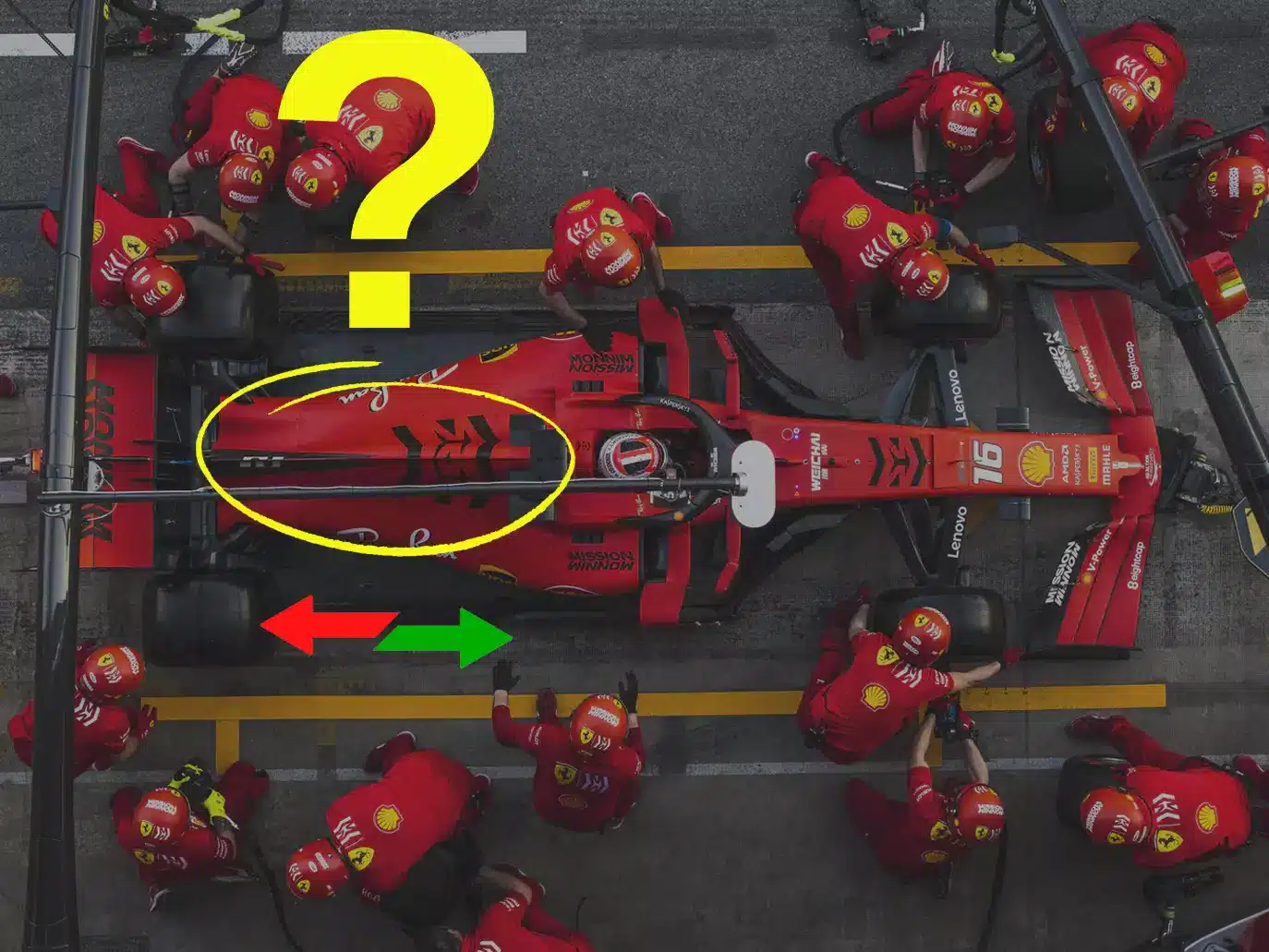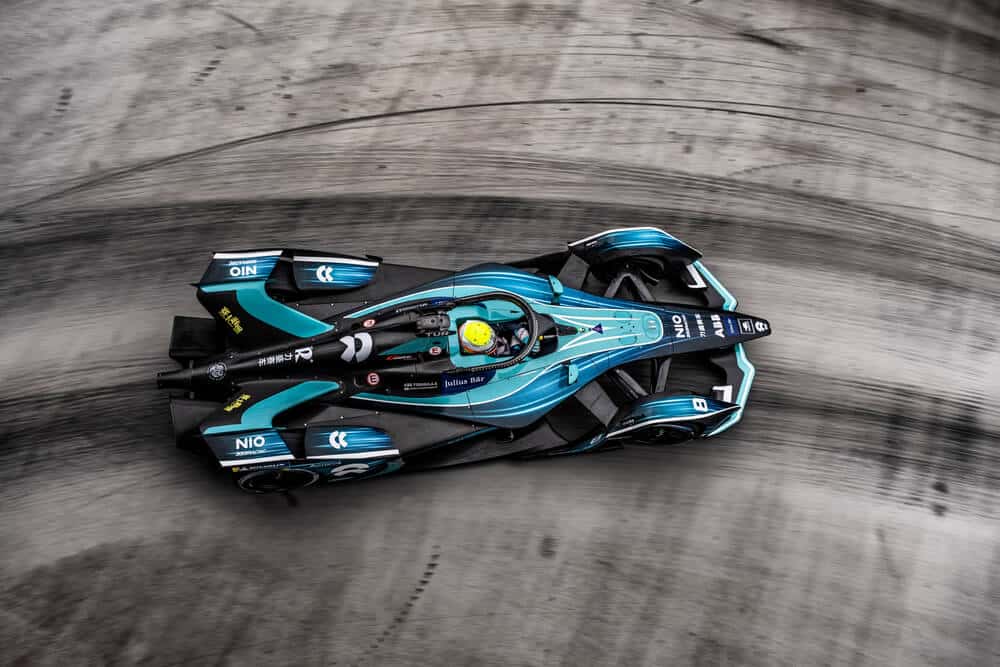Formula 1 is a sport that is at the forefront of automotive technological advancement. But everything has its limits. With hundreds of different rules and procedures that teams must follow, the power unit is perhaps the area most affected by the sport’s regulatory restrictions.
One aspect covered by today’s regulations is an F1 team’s ability to swap out parts of a power unit during and between races.
So, what are the rules for engine swaps, which parts teams can and cannot swap, and what are the penalties? Let’s dive straight in.
Can a F1 driver change engine in the same Grand Prix?
Yes and no. In general, teams are allowed to swap out parts of the power unit, such as the hybrid system or the engine itself, between practice sessions and before Saturday’s qualifying. With a few exceptions, teams are not permitted to change power unit components after qualifying. This is due to the cars being in ‘parc fermé’ conditions
Table of Contents
What is Parc Fermé?
Parc fermé is a zone controlled by the FIA with limited access for teams, located near the FIA garages.
In this zone, no work can be done on a car, but mechanics and appropriate equipment must be present to shut down the systems, keep everything cool, and assist the scrutineers throughout the checking process.
Cars placed in parc fermé conditions, on the other hand, could be on the track or in the pit garages. The teams can interact with them, but they can only make certain changes.
Many teams are called to parc fermé or required to work under parc fermé conditions throughout the weekend, but cars are generally placed under parc fermé conditions as soon as the lights turn green for Q1.
Under parc fermé conditions, teams can perform certain maintenance tasks such as replacing parts like-for-like, but they are not permitted to modify any part of the car or change the suspension setup.
This means that unless special permission is granted, the power unit and any of its components cannot be replaced between qualifying and the race.
Exceptions
The case of damage is one notable exception. The rules allow for the “repair of genuine accident damage,” but how this is defined is somewhat ambiguous.
Nonetheless, teams must submit a written request to the FIA Technical Delegate outlining any replacement parts that must be fitted.
Typically, teams will replace their engine components between Grand Prix. This is because teams will have more time to inspect and maintain the power unit, as well as decide whether or not a swap is required.
But then there’s the issue of the various penalties that teams can face, which brings us to the next question.
What penalties can a F1 driver get for changing engine?
During the season, each driver is only allowed a certain number of each element within the power unit or engine.
They are limited to:
- three engines
- three heat motor generator units
- three turbochargers
- two energy stores
- two control electronics
- three kinetic motor generator units
- eight engine exhaust systems.
Penalties
They receive a grid place penalty if they use more than the assigned number of any of the elements.
Penalties for changing engine parts:
- 10 places for the first request of each part
- 5 places for any subsequent requests.
- If the penalty amassed for a given race exceeds 15, the driver will be forced to start at the back of the grid.
The FIA seals each component of the power unit to ensure that it cannot be rebuilt or replaced, and exhaust elements are clearly marked.
Seals can only be removed when the FIA says so, such as for repairs or approved modifications – all of which are meticulously documented.
Grid penalties are sometimes taken out of necessity. For instance, a team may be willing to tolerate a short-term loss in order to be more secure in the long run if they are worried that their driver won’t finish the following race due to a previous crash or the engine reaching the end of its life.
In order to offer their driver a chance from the rear of the grid, teams will also arrange their engine allocations for the season, which means they will attempt to take grid penalties for events where they believe overtaking will be easier.
Of course, things don’t always go as planned, as Ferrari driver Carlos Sainz discovered this season when he accepted an engine penalty in France following a spectacular engine failure at the Red Bull Ring.
Changing engine rules
Another factor is Formula 1’s ever-changing ruleset. Already this season, the way parts can be replaced has changed.
Until recently, temporary engine repairs were not permitted, but that is about to change following a meeting presided over by FIA president Mohammed Ben Sulayem.
In some cases, teams will soon be permitted to repair the power unit under parc fermé conditions, replacing parts with newer specification versions between the qualifying and the race.
A driver can’t change to a new F1 engine manufacturer in the middle of the season since all teams has contracts with all the suppliers.




